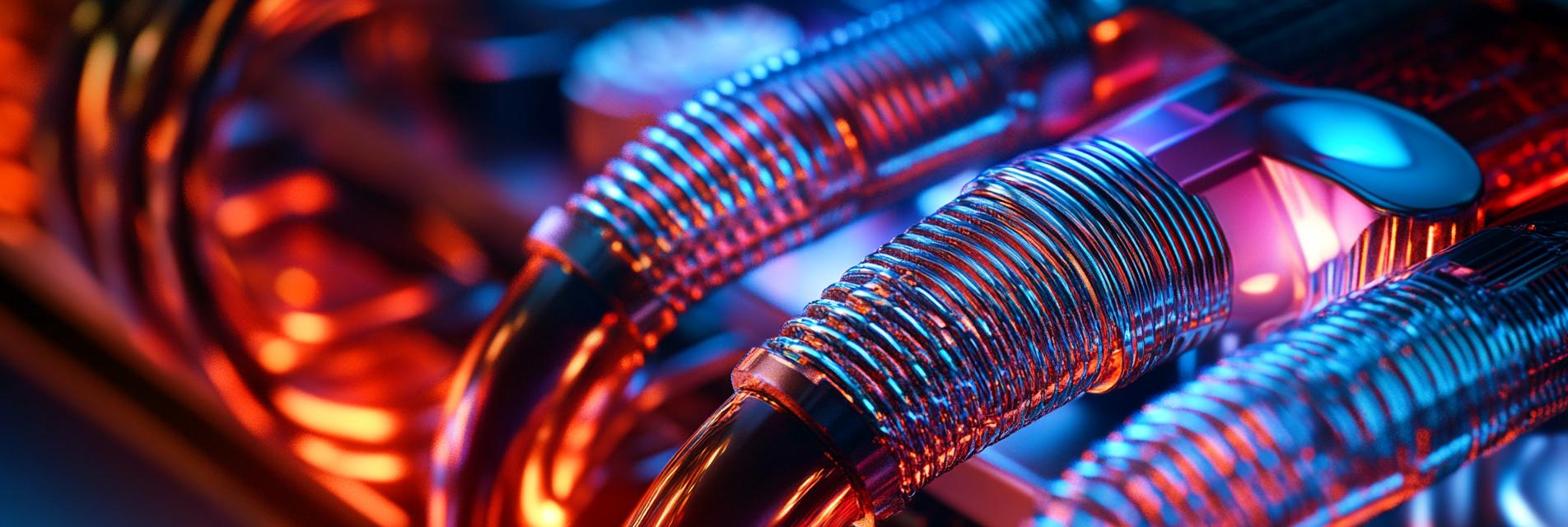In today's rapidly evolving technological landscape, thermal management of electronic components is a critical challenge for engineers and designers. As devices become more compact and powerful, the heat generated by these components increases, leading to potential performance degradation and reduced reliability. This article will explore the primary challenges faced in thermal management and present viable solutions to ensure efficiency and longevity in electronic systems.
One of the most significant challenges in thermal management is heat dissipation. As processors and semiconductors operate at higher speeds, they generate more heat, which must be effectively dissipated to prevent overheating. This is particularly problematic in confined spaces where airflow is limited.
Another challenge is the diverse thermal conductivity of materials used in electronic components. Different materials have varying abilities to conduct heat, which can lead to uneven heat distribution and localized hotspots. This adversely affects the performance and lifespan of the components.
Effective cooling solutions are essential to mitigating the issues posed by heat generation in electronic components. Without proper thermal management techniques, devices may suffer from inefficient operation, shortening their lifespan and leading to potential failures.
To combat these thermal challenges, several strategies can be implemented. One common solution is the use of heat sinks and thermal interface materials. Heat sinks increase the surface area for heat dissipation, while thermal interface materials enhance heat transfer between components and their heat sinks.
Additionally, advanced cooling systems, such as liquid cooling, have gained popularity in high-performance applications. These systems are designed to efficiently transfer heat away from critical components, ensuring optimal operating temperatures.

Moreover, incorporating thermal management into the design phase is crucial. By utilizing simulation software to model thermal behavior, designers can preemptively identify potential overheating issues and implement necessary modifications. Adequate ventilation and strategic placement of components can significantly enhance heat flow within the device.
In conclusion, as electronic devices continue to evolve, efficient thermal management becomes increasingly vital. By recognizing the challenges posed by heat generation and implementing effective solutions, manufacturers can create reliable and powerful electronic systems. Investing in robust thermal management practices is not just beneficial—it is essential for the future of technology.
